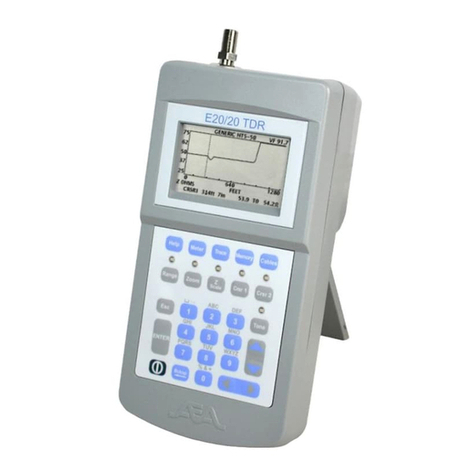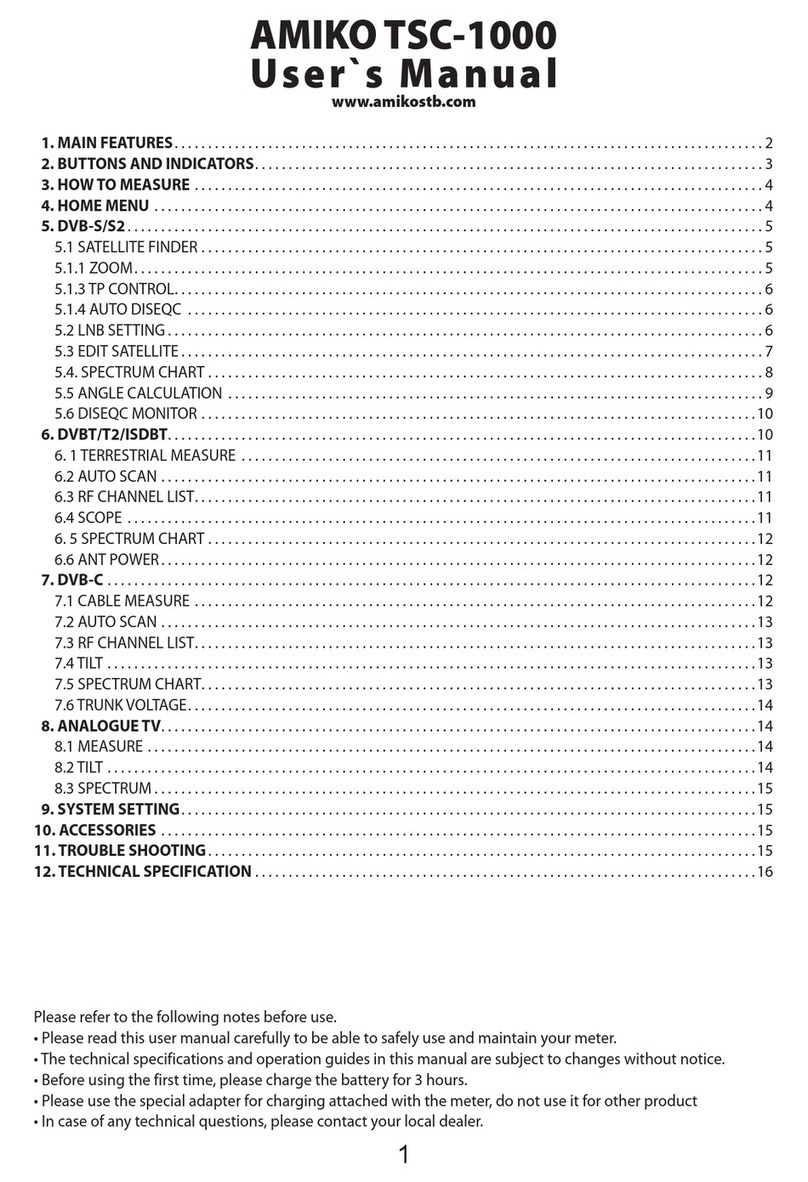AEA BT-1 User manual

1
Advanced Electronic Applications, Inc.
INSTRUCTION MANUAL
AEA BASIC MORSE TRAINER
Model BT-1 & BT1P
P.O. Box C2160 · Bldg O & P – 2006 · 196th SW · Lynnwood, Wa 98036-0918
(206) 775-7373 Telex: 152571 AEA INTL

2
INSTRUCTION MANUAL
AEA BASIC TRAINER
Model BT-1 & BT-1P
Congratulation on your decision to purchase the new AEA Basic Trainer Model BT-1 or BT-1P.
You will find it a great aid in teaching or learning the Morse code.
To gain the most satisfaction and enjoyment from your unit, we recommend you first read this
Manual carefully and then keep it close at hand for quick reference during the operation of your
unit.
The AEA Basic Trainer can help a student achieve good copying proficiency in the shortest pos-
sible time. By establishing two 20 to 30 minute study period each day, the average student can de-
velop an ability to copy the Morse code at approximately 20 WPM after four weeks of study. It is
very important to maintain a well disciplined schedule with good concentration. The rewards for
good discipline are "dah didadit dit dadah dit dadit dadidit dadadah dididah dididit"!
BEST OF LUCK !

3
TABLE OF CONTENTS
TOP PANEL DESCRIPTION ................................................................................ 4
REAR PANEL DESCRIPTION ............................................................................. 4
HOOK-UP INSTRUCTION
1. Power ................................................................................................... 5
2. Hand Key .............................................................................................. 5
3. Earphone .............................................................................................. 5
CHECK-OUT PROCEDURE
1. General Function .................................................................................. 6
2. Code Sending Practice ........................................................................ 6
3. Trainer Function ................................................................................... 6
ABOUT OUR TEACHING METHOD .................................................................... 7
RECOMMENDED LEARNING PROCEDURE .................................................... 7
CHARACTER SEQUENCE CHART .................................................................... 10
LEARNING TO SEND MORSE CODE ................................................................ 12
SCHEMATIC DIAGRAM ...................................................................................... 13
SUMMARY OF PROGRAMMING COMMANDS ................................................. 14

4

5
HOOK-UP INSTRUCTIONS
1. POWER
BT-1 To perform the Check-Out Procedure in the following section and familiarize yourself
with the BT-1, it is first necessary to apply 13 volts ± 3 volts to the power input jack on the rear
panel of the BT-1. (For the BT-1P. see next paragraph.)
This may most easily be accomplished by connecting the output cord attached to the optional AEA
model AC-1 or AC-2 wall adaptor power supply to the power socket on the rear panel of the BT-1.
If you are using another 12 VDC power supply or lantern battery be sure to connect the center lead
of a mating power plug to + 12 volts, and the outer conductor to common. The external power
source must be reasonably well filtered and capable of supplying at least 200 mA. The BT-1 may
be used in an automobile with the optional AEA DC-1 cigarette lighter power cord.
BT-1P It is very important to take proper care of your expensive NICAD battery pack which
is part of your BT-1P. The unit should arrive in a discharged condition.
IMPORTANT: USE ONLY THE CHARGER THAT COMES WITH THE BT-P1 TO CHARGE THE
BT-1P. A constant voltage supply WILL DO DAMAGE to your NICAD batteries and they WILL NOT
BE COVERED UNDER WARRANTY.
Upon initial receipt of your BT-1P, plug the wall charger into a 117 VAC outlet and the output cord
into the BT-1P power input connector. With the BT-1P power switch in the OFF position, allow the
batteries to charge a few minutes. Now turn the unit on an press any button (with the volume
nearly fully advanced clockwise), and note that you get some tones. Now, turn the power switch off
and allow the BT-1P to charge uninterrupted for 14 hours. (The BT-1P is supposed to be charged
with the power switch OFF but with the wall charger plugged in.)
For longest battery life, it is IMPORTANT that you exercise your batteries. After you have fully
charged the batteries, use the BT-1P without ever connecting the wall charger again until you have
fully discharged the batteries. Then you should give a full 14 hours charge before starting to use
the BT-1P again. Then begin the discharge cycle all over again.
2. HAND KEY
The BT-1 and BT-1P can also double as a code sending practice oscillator. All you need to do is
plug a standard 1/4 inch phone plug connected across a telegraph key into the key input jack on
the rear panel. It is not important which side of the key goes to which terminal of the 1/4 inch
phone plug.
To activate the code practice oscillator tone, simply press *5 on the top panel keypad.
3. EARPHONE
The BT-1 and BT-1P also provide a rear panel jack for earphone monitoring. Upon insertion of
the earphone plug into the jack, the internal speaker is automatically defeated for private listening.

6
CHECK-OUT PROCEDURE
We recommend that your perform the following procedures to quickly acquaint yourself with the
BT-1 or BT-1P and to ensure that the unit is operating properly.
GENERAL FUNCTIONS
1. Apply power to the BT-1. In the case of the BT-1P, be sure the batteries are charged. SEE
HOOK-UP INSTRUCTIONS above.
2. Turn the power switch ON and advance the volume control about 2/3 fully clockwise.
3. On the keypad, press *** and then hold 111. The monitor tone should step up in frequency. It
will remain at the last tone you hear when you release the 111 key.
4. Now press *** and hold 222. The monitor tone should step down in frequency. The monitor tone
will now remain at the last to you her when you release the 222 button.
CODE SENDING PRACTICE
1. Press *5*5*5 and note that you now have a solid monitor tone emanating from the speaker.
(Pressing # will halt the tone.)
2. Insert an earphone or headphone plug into the rear panel earphone socket and not in the
speaker (for private listening).
3. if you have a telegraph hand key, plug a 1/4 inch phone plug (attached to the key) into the key
input socket on the rear panel of the BT-1 or BT-1P. You will now note that the monitor tone will
disappear until you press the telegraph key to form Morse code characters.
TRAINER FUNCTIONS
1. Press ### to clear any previous instructions to the trainer.
2. Press 01#101#101#1 and note that the unit starts sending dididadit (Morse character F), a 3 second
space, dididadit, etc.
3. Press # to halt.
4. Press *650*650*650. You have just entered a character speed of 50 WPM. Now repeat 01#101#101#1
and note that you still hear dididadit, but much higher rate of speed (50 WPM instead of 20
WPM). Press # to halt the trainer.
5. Press *703*703*703 and the 01#101#101#1. You will now hear dididadit, only a 0.3 second space, didi-
dadit, etc. (The *703*703*703 command shortened the normal 3 second space between characters
to 0.3 seconds.) Press # to halt the trainer.
6. Press *760*760*760 and the 01#101#101#1 and note that you now have a 6 second space between
characters. Press # to halt. Turn the power switch off and back on and press 01#101#101#1 and
note that the spacing between characters has returned to 3 seconds.
7. Press 01#201#201#2 and note that you now hear dididadit, dididadit, space, dididadit, dididadit,
space, etc. The short space between the first 2 characters is called a character space, the long
space is a long word space.
8. Press 01#501#501#5 and note that 5 characters are now sent between word spaces. Press # to
halt.
9. The next step will require a little more knowledge of the Morse code to verify. The odds are
that if everything has been working properly so far, this step is not really necessary. You may
want to come back to it after you have learned some of the characters.

7
Press 04#404#404#4 and note that the letter "Q" appears approximately 50 % (percent) of the time
in relation to F, K, and B that are also being sent.
Now press 04*404*404*4 and note that the letter "Q" does not appear any more or less frequently
(on the average) than the other characters, F, K, or B. Press ### to halt.
This completes the check-out procedure for your BT-1 or BT-1P. If all steps have been verified
as working properly, you are now ready to begin your Morse code training.
ABOUT OUR TEACHING METHOD
The AEA Basic Trainer Models BT-1 and BT-1P are computerized Morse code instructors.
Character speeds are given at 20 WPM, with a three second interval between letters or letter
groups. This ideal method of learning characters at a higher speed to begin with, eliminates the
learning plateau so many Morse code students encounter at 10–12 WPM. Educational Technology
and Service, Inc., of St. Louis, Missouri has pioneered this teaching methodology in cooperation
with research at a prominent mid-western university. The ETS system does not encourage the stu-
dent to learn dot dot dash dot for F, but rather one cohesive sound of dididahdit (at the character
speed of 20 WPM). As a result, a student does not have to unlearn bad habits such as counting
dots and dashes in order to copy the code. When you begin learning the code at 20 WPM charac-
ter speed, the sound of any given letter will not change from 0–20 WPM, thereby making it so
much easier for the student to increase his (her) copying speed. To facilitate this learning tech-
nique, the minimum programmable speed on the Basic Trainer is as 18 WPM character speed.
Each character is taught separately by repetition. The student progresses only after he is confi-
dent he knows the letters being presented by the BT-1.
After the first letter (F, in this case) is learned, a student may progress to the letter K. Upon
learning K, the student activates the computer to present the letter F and K in random sequence at
a 20 WPM character speed. This technique continues as the student learns each subsequent let-
ter in the alphabet.
The sequence of characters has been selected to minimize confusion with previous characters.
For this reason you will find the alphabet presentation quite different from typical code training pro-
grams. When a new character is practiced along with all previous characters learned, the new
character appears fifty percent of the time (50 % weighting).
RECOMMENDED LEARNING PROCEDURE
If at all possible, devote at least two 20–30 minute sessions a day to studying with your BT-1 or
BT-1P. Each time you miss a day, you will find you have suffered a noticeable setback in your
learning of the (Continental) Morse code. Avoid all interruptions or outside interference so you can
be assured of maximum concentration.
There are generally two ways of copying Morse code. Some students use a typewriter (mill) for
copy while others use a pencil and paper for writing down the copy. The obvious advantage of a
typewriter is that it allows the student to ultimately reach higher speeds because most people sim-
ply cannot write faster than 25 WPM.
When copying with a pencil and paper avoid printing as you will find that it limits your copying
speed.

8
Write down everything you hear as you practice. Be sure to put space in their proper places so
that it becomes a good copying habit for later copy of plain text code. For example, when starting
with 01#101#101#1 your copy should be written down like this: f f f f f . . . . . When you select
01#201#201#2 it should look like this: ff ff ff ff ff . . . . . With 01#301#301#3 it should read: fff fff fff fff
fff . . . . . etc.
The BT-1 and BT-1P are programmed to present the code characters in a logical straight-for-
ward manner. It is IMPERATIVE that you follow the CHARACTER SEQUENCE CHART in the EX-
ACT sequence presented, by following the Character <sequence Chart in the same order that you
would read a book (from left to right across the page and then drop down to the left side of the next
line, etc.).
Each new step you take will present a new challenge, be sure to practice on the current step
long enough that you feel very comfortable that you are copying correctly at that level before you
proceed to the next step. The BT-1 and BT-1P are meant to be used as self-paced trainers. Do
not be concerned with how others might be progressing. Each student is entirely different. Some
may start out learning the first few characters quickly, but then bog down later because of insuffi-
cient practice along the way. Others may show great difficulty at first, but find that the new charac-
ters become easier and easier to learn.
We recommend that you try to spend each 20–30 minute practice session of learning and prac-
ticing one new character. You will first start by hearing the character all by itself (in groups of one)
and practice writing it down until you feel totally comfortable with it. Also, you should repeat the
sound of the character in your mind with dits and dahs when you are first introduced to the new
character in groups of one. As an example, K should sound like dadidah and F should sound like
dididadit. Then proceed to groups of two where the new character is mixed 50 percent of the time
with all the previous characters you learned in a similar manner. Then progress through groups of
three, four and finally groups of five. Be sure that you are essentially copying solid in groups of five
before you progress to the next character. Typically a student will learn a new character each 20
minute practice session. When returning to the next practice session, start by replaying the previ-
ous practice session in groups of 5 with solid copy before you proceed to the next character.
Remember "Arbeit macht den Meister" or practice makes perfect. If you progress to a level
where you are having difficulty with a previously learned character, by all means go back to that
particular session number (where the character was introduced) and practice until you have it per-
fect.

9
START LEARNING
Be sure to write down exactly what you hear as you practice. BE SURE to put the spaces in
their proper place so that it becomes a good habit. Start your training in the following manner.
1. Start with 01#101#101#1. Your copy should look like F F F F F . . . . .
2. After you are comfortable with writing the letter F each time you hear dididahdit, select
01#201#201#2 and write it down so that it looks like FF FF FF FF . . . . .
3. Similarly, select 01#301#301#3, Your copy should resemble FFF FFF FFF FFF FFF . . . . .
4. After proceeding through 01#401#401#4 and 01#501#501#5 in a similar manner, you are ready for the
next character.
SESSION TWO
1. Press 01#501#501#5 and confirm that you can copy solid. Press # to halt.
2. Press 02#102#102#1 and write K K K K K . . . . .
3. After you are familiar with writing K each time you hear dadidah, proceed to 02#202#202#2. Your
copy should now resemble FK FK KF FF KK . . . . .
4. Later progressing through groups of three, four and five you are ready for a break before start-
ing the next character to be learned in a like manner.
Note that you should be sure to follow the exact sequence of character presentation outlined
above or you will otherwise be presented with characters not yet learned or practiced. You will also
note that each new character is weighted approximately 50 % of the time against all the previous
characters you have learned.
Continue this process through the character sequence shown on page 10. Be sure you follow
the exact sequence shown. The first 26 characters are alphabetic, the 27th through the 36th char-
acters are numerals. Following this, the 37th through the 46th characters are common punctuation
and amateur radio ciphers. The 48th through the 61st characters are uncommon punctuation and
Spanish/German alpha characters. For most students, the first 46 characters will fulfill their needs
in Morse code operation.

10
CHARACTER SEQUENCE CHART
Session Character Groups Groups Groups Groups
Number Character Introducion of 2 of 3 of 4 of 5
1. F 01#1 01#2 01#3 01#4 01#5
2. K 02#1 02#2 02#3 02#4 02#5
3. B 03#1 03#2 03#3 03#4 03#5
4. Q 04#1 04#2 04#3 04#4 04#5
5. T 05#1 05#2 05#3 05#4 05#5
6. C 06#1 06#2 06#3 06#4 06#5
7. Z 07#1 07#2 07#3 07#4 07#5
8. N 08#1 08#2 08#3 08#4 08#5
9. W 09#1 09#2 09#3 09#4 09#5
10. X 10#1 10#2 10#3 10#4 10#5
11. M 11#1 11#2 11#3 11#4 11#5
12. D 12#1 12#2 12#3 12#4 12#5
13. Y 13#1 13#2 13#3 13#4 13#5
14. U 14#1 14#2 14#3 14#4 14#5
15. P 15#1 15#2 15#3 15#4 15#5
16. A 16#1 16#2 16#3 16#4 16#5
17. J 17#1 17#2 17#3 17#4 17#5
18. O 18#1 18#2 18#3 18#4 18#5
19. E 19#1 19#2 19#3 19#4 19#5
20. R 20#1 20#2 20#3 20#4 20#5
21. S 21#1 21#2 21#3 21#4 21#5
22. G 22#1 22#2 22#3 22#4 22#5
23. N 23#1 23#2 23#3 23#4 23#5
24. L 24#1 24#2 24#3 24#4 24#5
25. V 25#1 25#2 25#3 25#4 25#5
26. I 26#1 26#2 26#3 26#4 26#5
This completes the alphabet. Be sure you can copy these accurately and without hesitation before
proceeding on the numerals.
27. 3 27#1 27#2 27#3 27#4 27#5
28. 1 28#1 28#2 28#3 28#4 28#5
29. 6 29#1 29#2 29#3 29#4 29#5
30. 9 30#1 30#2 30#3 30#4 30#5
31. 5 31#1 31#2 31#5 31#4 31#5
32. 2 32#1 32#2 32#3 32#4 32#5
33. Ø 33#1 33#2 33#3 33#4 33#5
34. 8 34#1 34#2 34#3 34#4 34#5
35. 4 35#1 35#2 35#3 35#4 35#5
36. 7 36#1 36#2 36#3 36#4 36#5

11
37. . Period 37#1 37#2 37#3 37#4 37#5
38. , Comma 38#1 38#2 38#3 38#4 38#5
39. ? Question 39#1 39#2 39#3 39#4 39#5
40. / Slash 40#1 40#2 40#3 40#4 40#5
41. -- Double Dash 41#1 41#2 41#3 41#4 41#5
42. AS 42#1 42#2 42#3 42#4 42#5
43. AR 43#1 43#2 43#3 43#4 43#5
44. SK 44#1 44#2 44#3 44#4 44#5
45. BK 45#1 45#2 45#3 45#4 45#5
46. KN 46#1 46#2 46#3 46#4 46#5
The remainder of the characters are optional. Their usage in amateur radio is limited.
47. - Hyphen
48. ! Exclamation
49. Understood
50. ; Semicolon
51. : Colon
52. ( ) Parenthesis
53. ' Apostrophe
54. " Quotation
55. CH/Spanish
56. Ñ Spanish
57. É È
58. Ö German
59. Ü German
60. Ä German
61. Á À Â Spanish

12
Much ham band Morse makes use of a "code shorthand". This is practiced by virtually all hams.
For example, the following is typical of what you might copy. "hrd ur call es gave shout - ur sigs 579
hr". That brief copy really means "I heard you calling so I answered you. Your signals are 5 read-
ability, 7 strength an 9 tone here."
Morse code is like learning a foreign language. The more you use it the more proficient you be-
come. If you learn the Morse code and then fail to use it, you will have to work at attaining your
prior level of proficiency by practice and use.
LEARNING TO SEND MORSE CODE
No mention has been made about learning to send Morse code. Sending is much easier to
learn. Your sending should try to duplicate the way the characters are presented by the BT-1.
The recommended means of learning how to send in the past has always started with a hand
key. However some people just cannot seem to operate a hand key proficiently no matter how
hard they try. People who have gone directly to a Morse electronic keyer and paddle set have
done so well, that previous opinions about starting with a hand key are in serious question.
Regardless of the type key or keyer used, it is very important that the student develop the
proper sending rhythm so that his fist is easily read by other stations on the air. A good fist and op-
erating practices can make more difference than an expensive transmitter and antenna system for
establishing contacts and adverse conditions.
AEA is noted for manufacturing the world's most sophisticated line of self-contained computer-
ized Morse code keyers that are simple to operate and low in cost. We also manufacture the MBA-
RO code reader that is an excellent device for correcting and improving one's fist. Even skilled CW
operators find they can improve their spacing of characters and words tremendously through the
use of an MBA-RO which serves as an impartial judge in monitoring one's sending. More informa-
tion on the MBA-RO and our keyers is available in the current AEA Product Catalog.

13

14
SUMMARY OF PROGRAMMING COMMANDS
COMMAND PRESS WHERE NN EQUALS
Tone Increase *1*1*1 (hold)
Tone Decrease *2*2*2 (hold)
Solid Tone (For sending practice) *5*5*5 ( ### halts)
Character Speed Setting *6NN*6NN*6NN 18 to 99 WPM (Programmed to start
at 20 WPM)
Delay between letters or groups *7NN*7NN*7NN 0.1 to 9.9 seconds (Programmed to start
at 3.0 seconds.)
One Character Only NN#1NN#1NN#1 Character (trial) number
Random number of characters NN#0NN#0NN#0 Character (trial) number
in groups
Specific number of characters NN#NNN#NNN#N NN = Character (trial) number
N = 2 to 9 characters in groups (student
should be competent with groups of five
before adding new characters)
New characters are weighted NN#NNN#NNN#N Same as above
50 % of the time against all
previous characters learned
(which are weighted equally)
Halt training session or mode ###
Digitization and editing of text and images by DC7XJ
This manual suits for next models
1
Table of contents
Other AEA Measuring Instrument manuals
Popular Measuring Instrument manuals by other brands
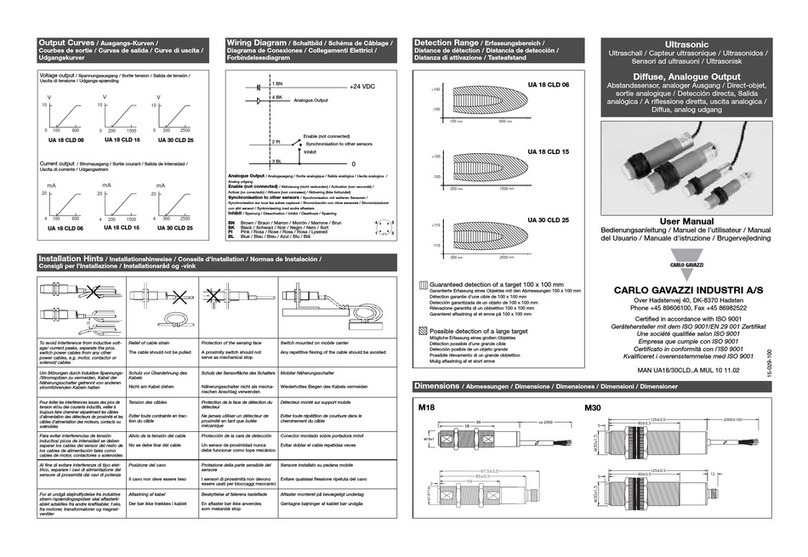
CARLO GAVAZZI
CARLO GAVAZZI UA 30 CLD user manual

ANDO ELECTRIC
ANDO ELECTRIC AQ7250 instruction manual

Nic
Nic Mercury/EMP-2 instruction manual

ARAG
ARAG DigiWOLF 4627 Series Installation, use and maintenance
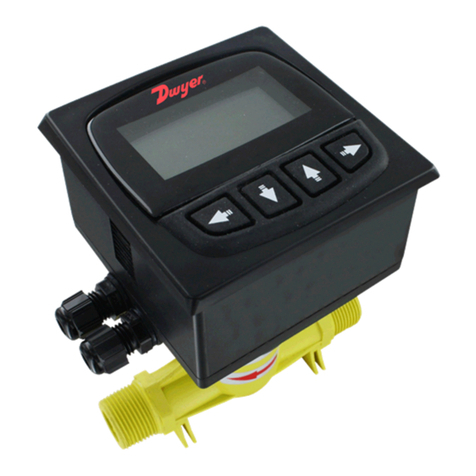
Dwyer Instruments
Dwyer Instruments DFMT Series Installation and operating instructions
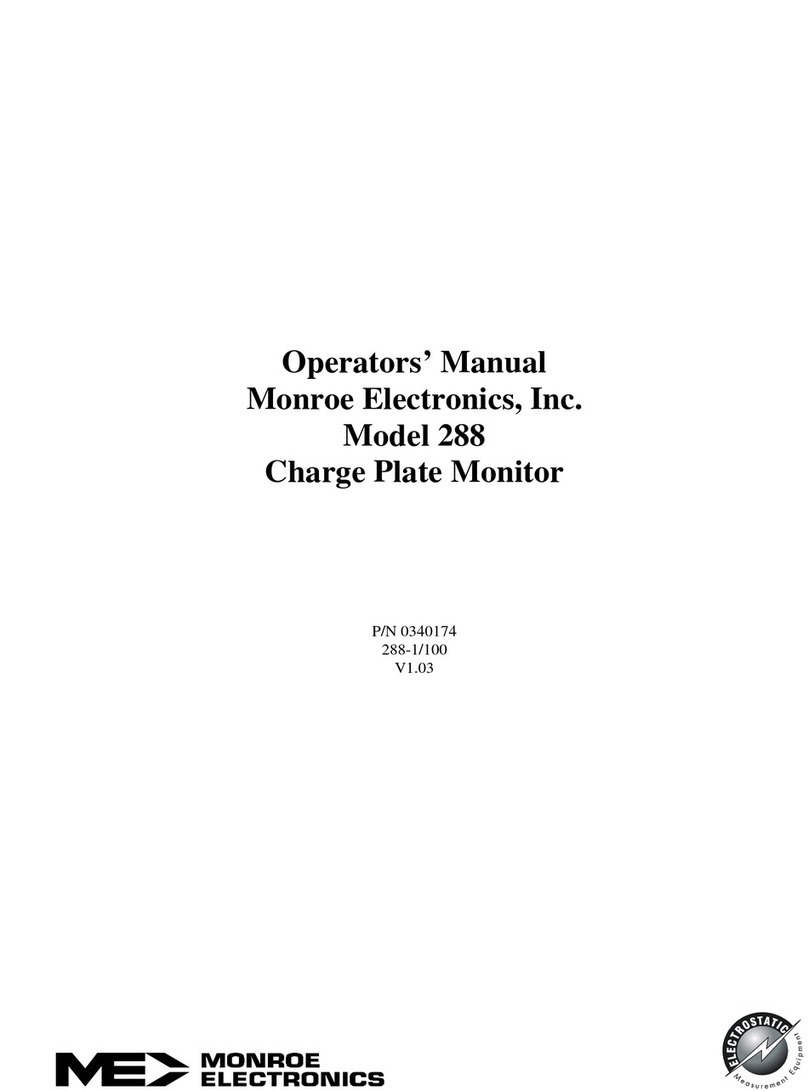
Monroe Electronics
Monroe Electronics 288 Operator's manual
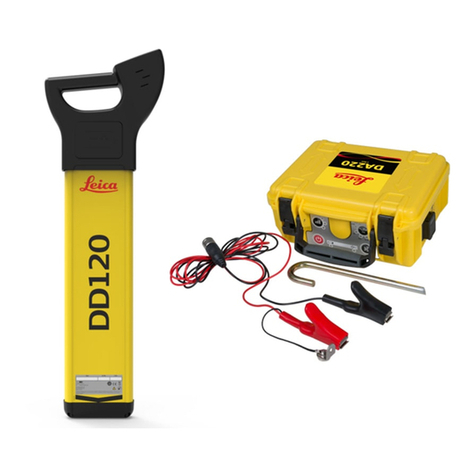
Leica
Leica DD Series quick guide

Center
Center 201 instruction manual
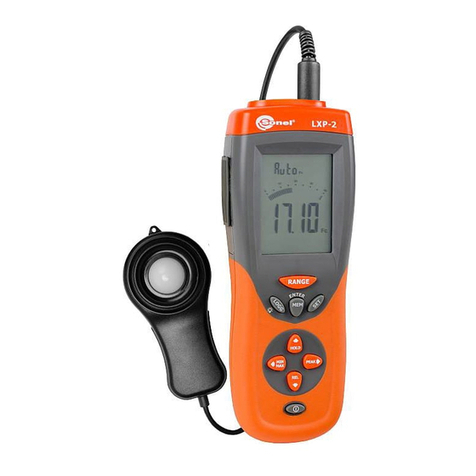
Sonel
Sonel LXP-2 user manual
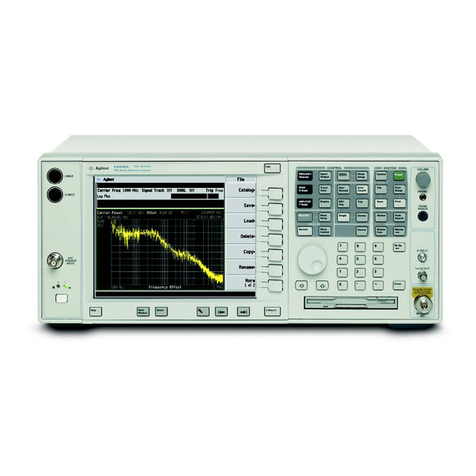
Agilent Technologies
Agilent Technologies E4440A Installation notes
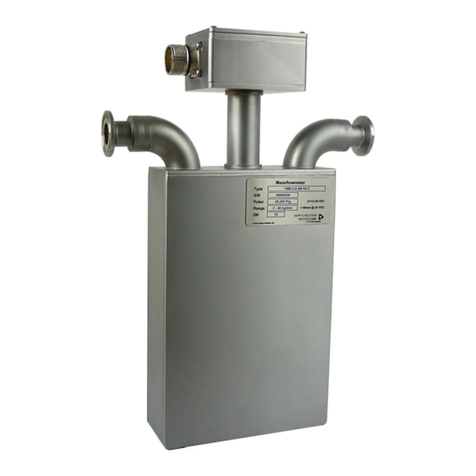
BOPP & REUTHER MESSTECHNIK
BOPP & REUTHER MESSTECHNIK FMD Series operating manual

ESD SYSTEMS
ESD SYSTEMS SPl-20686 Operation installation and maintenance

